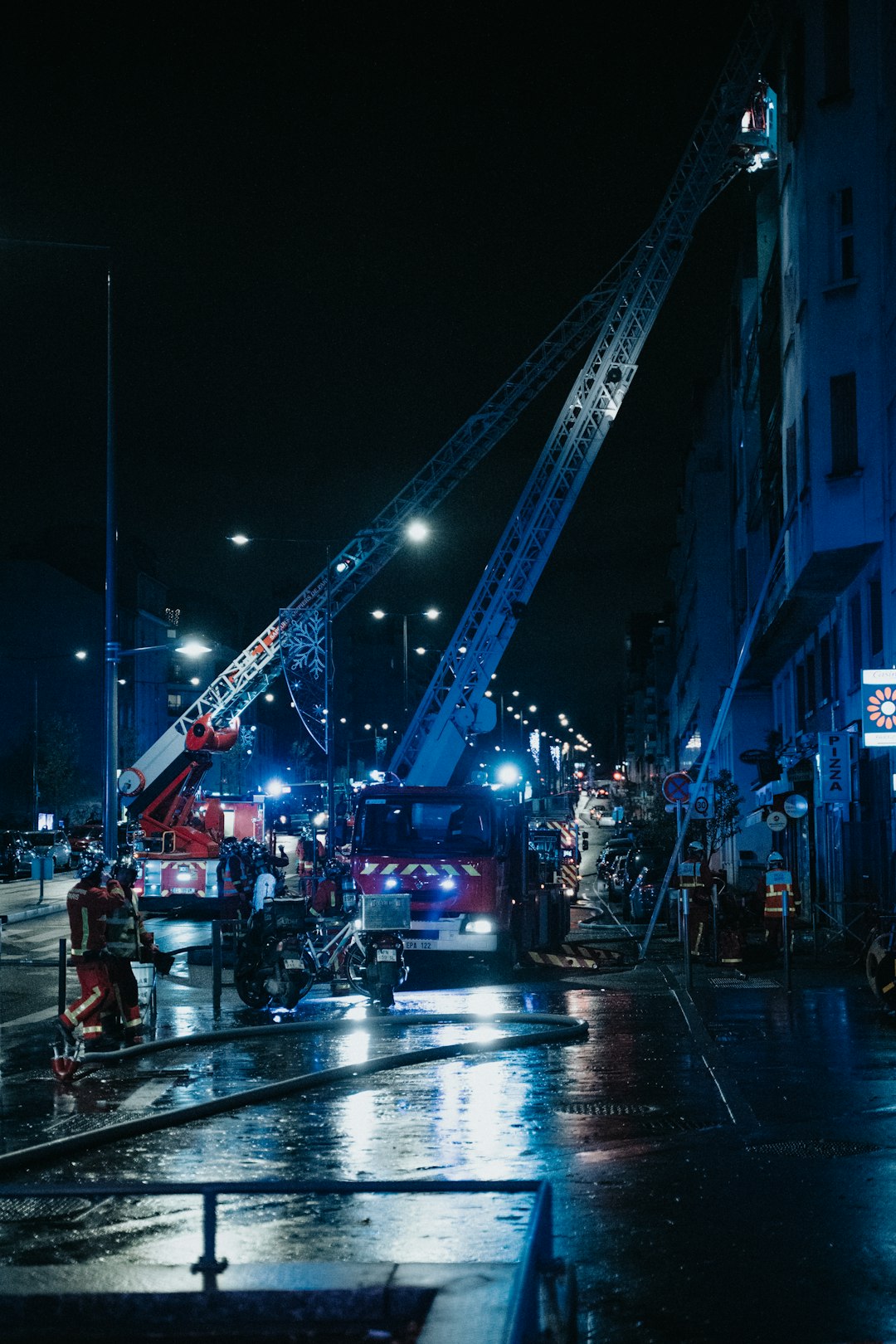Everyone knows the importance of being prepared for emergencies, and that’s where a first aid kit comes into play. Whether you’re at home, on the road, or enjoying the great outdoors, having the right supplies at your fingertips can make a tremendous difference in an emergency situation. In this guide, we’ll walk you through how to build your very own first aid kit, providing useful tips and tricks along the way. Let's dive in!
Understanding the Basics of a First Aid Kit
Before you start gathering items for your first aid kit, it’s crucial to understand its essential components. A well-stocked kit should include supplies for treating minor injuries, as well as equipment for handling more severe situations, such as emergency bleeding control. Here's a breakdown of what you'll need:
1. Essential Supplies
- Adhesive bandages in various sizes for minor cuts and scrapes.
- Antiseptic wipes or solution to clean wounds.
- Gauze pads and adhesive tape for larger injuries.
- Medical gloves to protect yourself and others during procedures.
- Scissors and tweezers for cutting tape, gauze, or removing foreign objects.
2. Items for Emergency Situations
While it's vital to be prepared for minor injuries, your kit should also contain supplies for more serious medical emergencies. For instance:
- A tourniquet or bleeding control bandage for emergency bleeding control.
- A CPR face shield or mask for performing rescue breaths.
- Emergency oxygen supplies if you're in a high-risk area for respiratory issues.
Choosing the Right Storage for Your First Aid Kit
Once you know what items to include, you need to choose the appropriate storage for your kit. Look for durable gear bags stocked with compartments, allowing you to organize your supplies efficiently. Here’s what to consider:
1. Size and Portability
Your kit should be easy to transport. A smaller, portable kit is ideal if you travel frequently, while a larger kit may be more suitable for home use. Ensure it can fit comfortably in your vehicle or backpack.
2. Accessibility
Your first aid kit should allow for quick access during emergencies. Consider gear bags stocked with clear pockets or labels for easy identification of supplies. You don’t want to be fumbling through your kit during a crisis.
Customizing Your Kit for Specific Needs
No two emergency situations are the same. It’s essential to customize your first aid kit to fit your lifestyle and the potential risks you might face. Here are some tips:
1. Identify Your Risks
Consider your environment. If you live in a rural area, you may want to include additional supplies for treating animal bites or stings. If your work involves high physical activity, consider carrying extra compression bandages or splints.
2. Include Personal Medications
If you or your family members have specific health needs, add any prescribed medications to your kit. Always keep a list of health conditions and allergies on hand, as this can assist first responders in an emergency.
Educating Yourself and Others
Being prepared goes beyond having a first aid kit. Education is key to ensuring effective use of the supplies. Take the initiative to learn basic first aid skills and encourage others in your household or workplace to do the same.
1. Take a First Aid Course
Enroll in a certified first aid and CPR course. This training will equip you with the knowledge to handle various emergencies, including how to respond to bleeds, fractures, and chocking incidents effectively.
2. Practice Regularly
Regularly review the contents of your kit, replacing expired items and practicing skills you’ve learned. Create a first aid drill with your family members or team members so everyone is ready in case of an actual emergency.
Maintaining Your First Aid Kit
It’s not enough to just build your first aid kit; you need to maintain it regularly. Here are some tips to ensure it stays in top condition:
1. Regular Checks
Set a reminder to check your kit every few months. Look for expired items and replace anything that has been used. Inspect the storage bag for any damage that could compromise your supplies.
2. Update Your Supplies
If you experience changes in your health or lifestyle, reassess your kit and update it accordingly. For example, if you plan to engage in outdoor activities, make sure your kit is equipped for the potential dangers associated with them.
Additional Considerations for First Responder Kits
For those wanting to create more advanced first aid kits, such as an IFAK (Individual First Aid Kit), consider including tactical gear and trauma supplies specifically designed for first responders. Here are a few ideas:
- Tactical tourniquets for hemorrhage control.
- Hemostatic agents that can assist with severe bleeding.
- Burn dressing for emergency burn treatment.
Where to Keep Your First Aid Kit
Once your first aid kit is fully stocked and prepared, you need to place it in a strategic location:
1. Home Placement
At home, position your kit in an easily accessible location. Consider a designated spot in the kitchen, bathroom, or a commonly used storage area. Ensure all household members know where to find it.
2. Car and Travel Kits
If you enjoy road trips or outdoor adventures, keep a travel first aid kit in your car. Look for a waterproof case to protect your supplies during transport.
Final Thoughts: Be Proactive, Stay Prepared!
Creating your own first aid kit isn’t just about gathering supplies; it’s about taking proactive steps toward safety and preparedness. By understanding what to include, organizing your kit effectively, and maintaining it regularly, you’ll be equipped to handle a range of emergencies. Remember, knowledge is power. By educating yourself on basic first aid, you not only enhance your confidence in emergencies but also potentially save lives. Don’t wait for an emergency; start building your first aid kit today!


